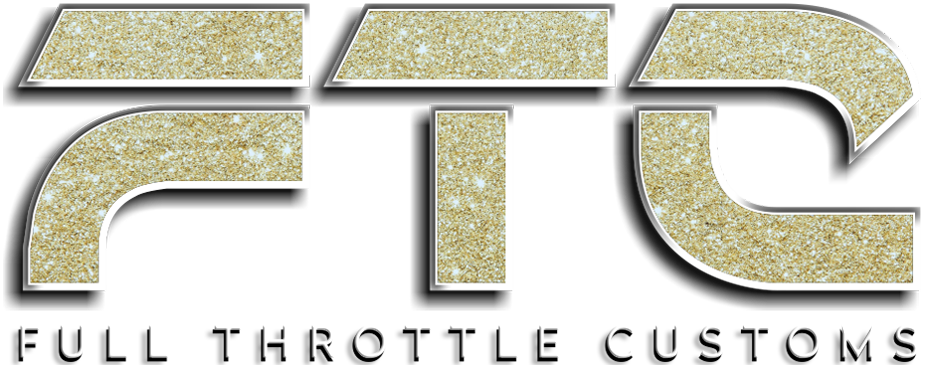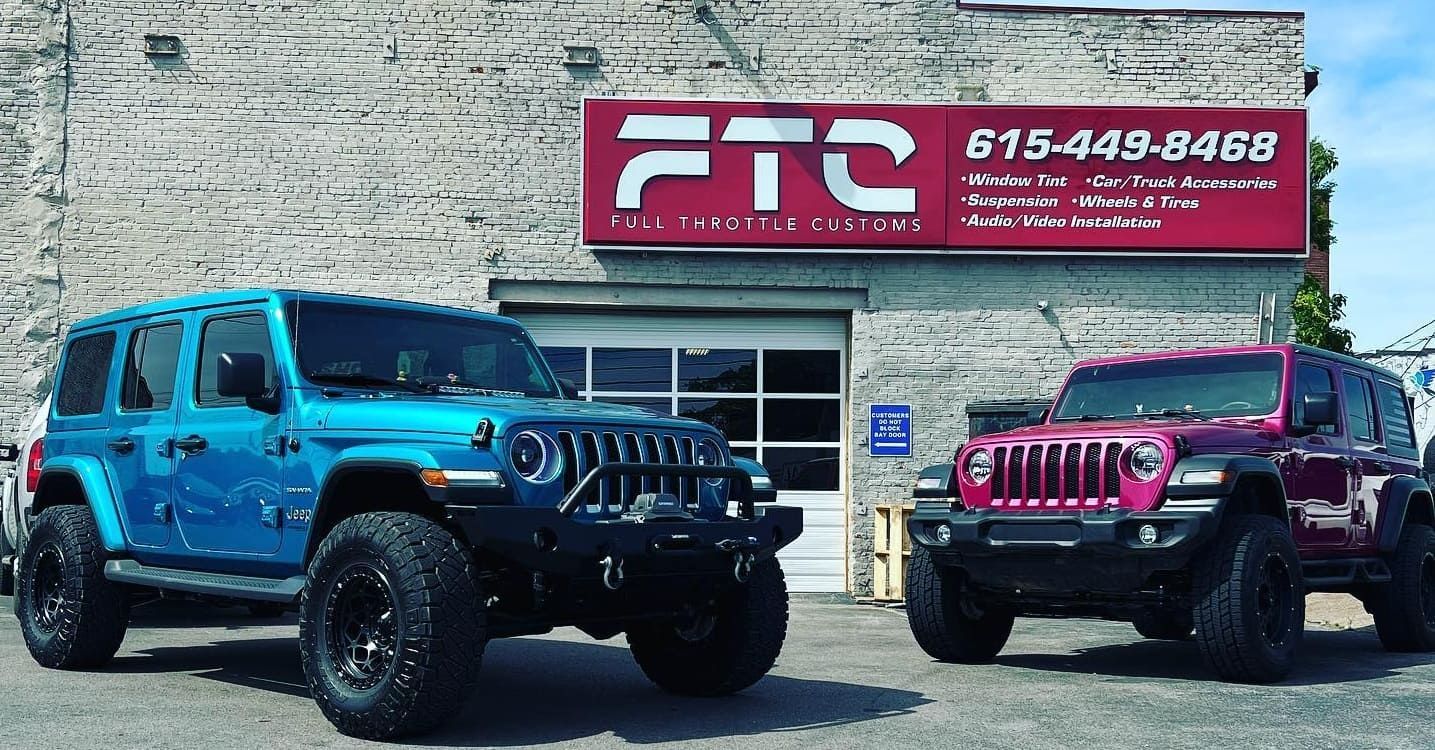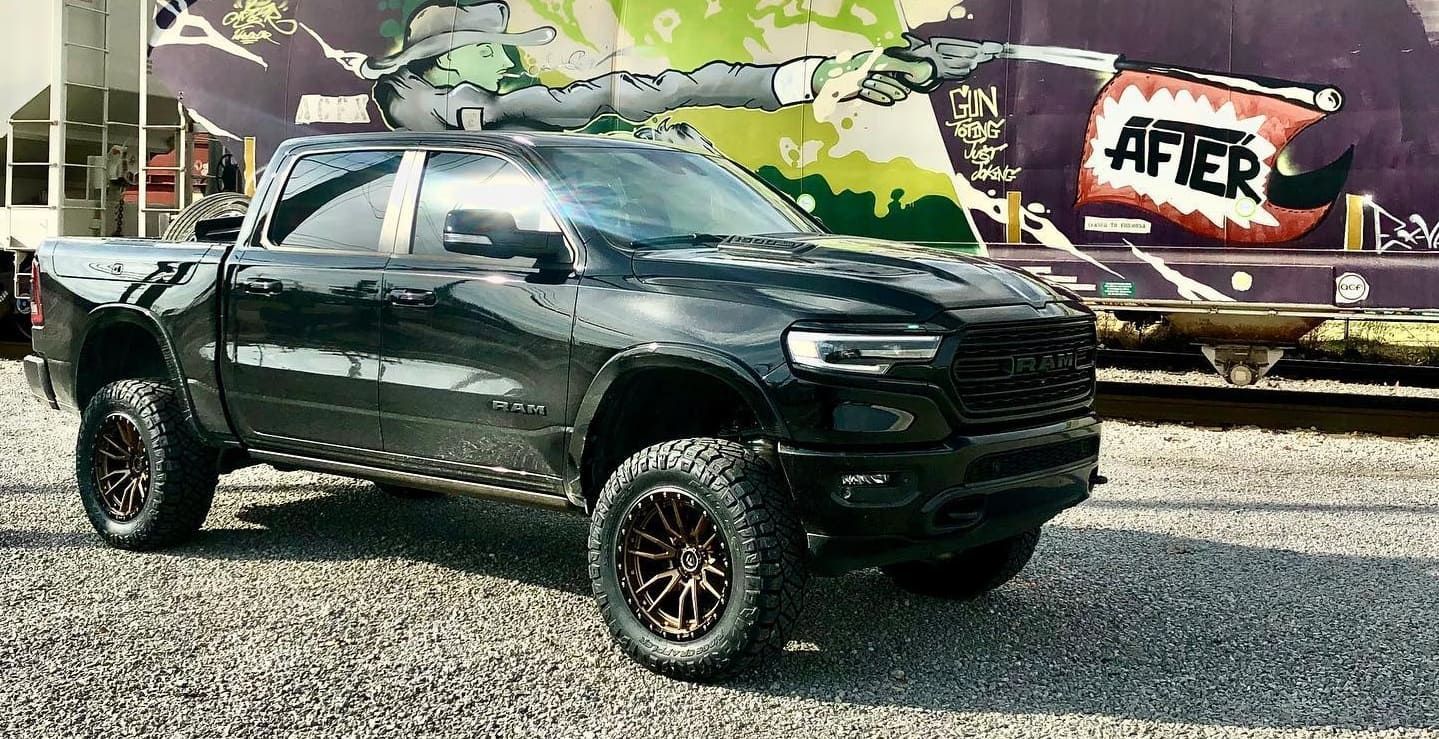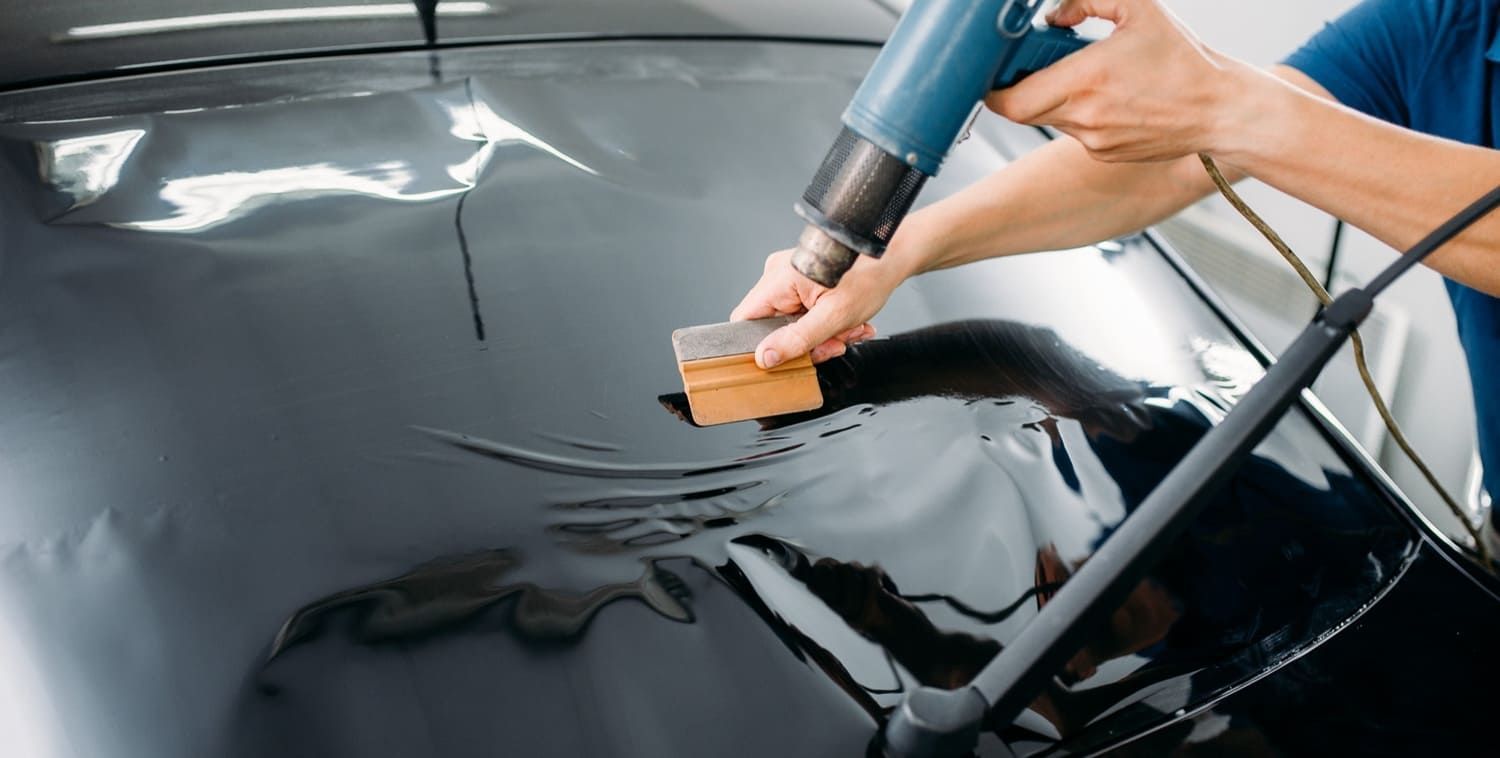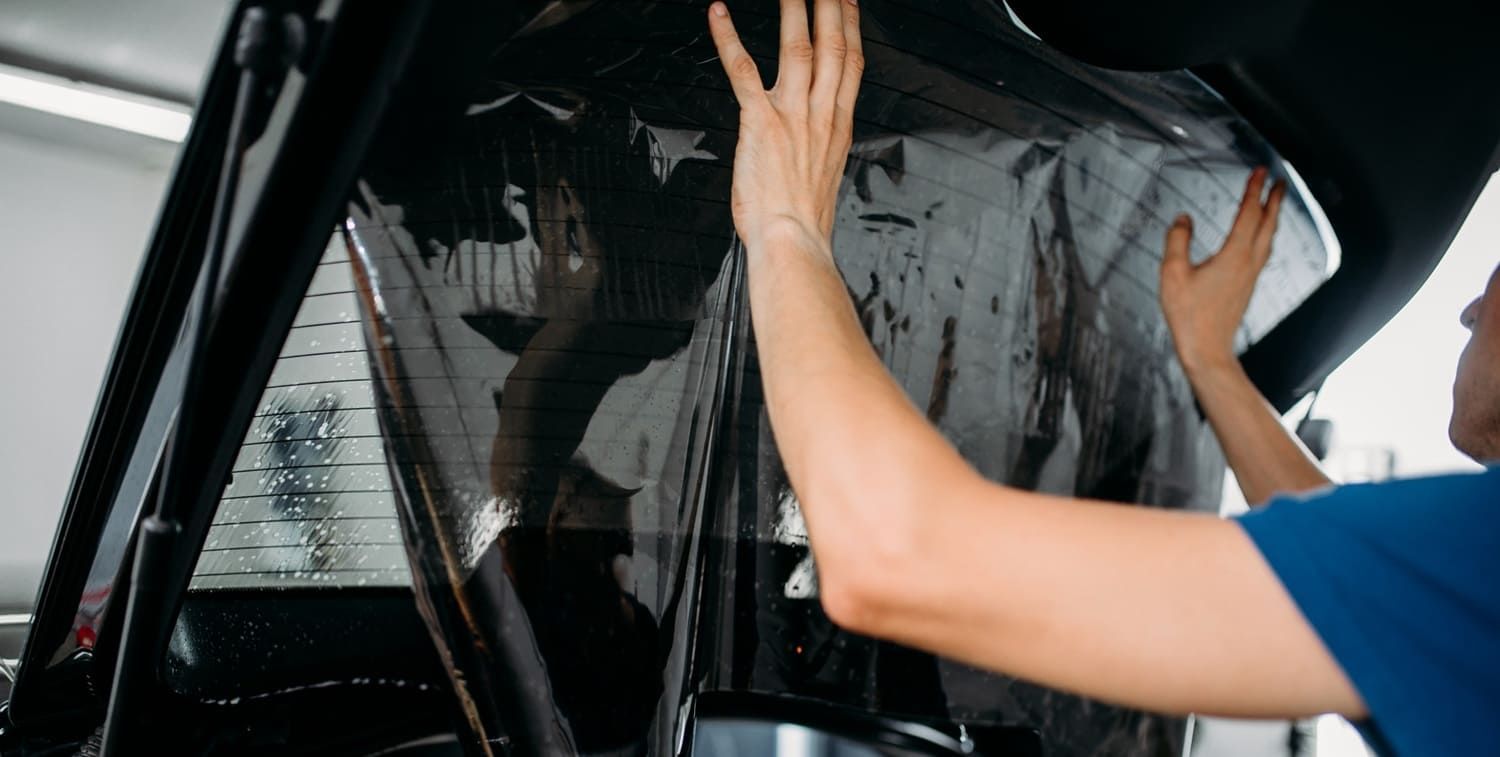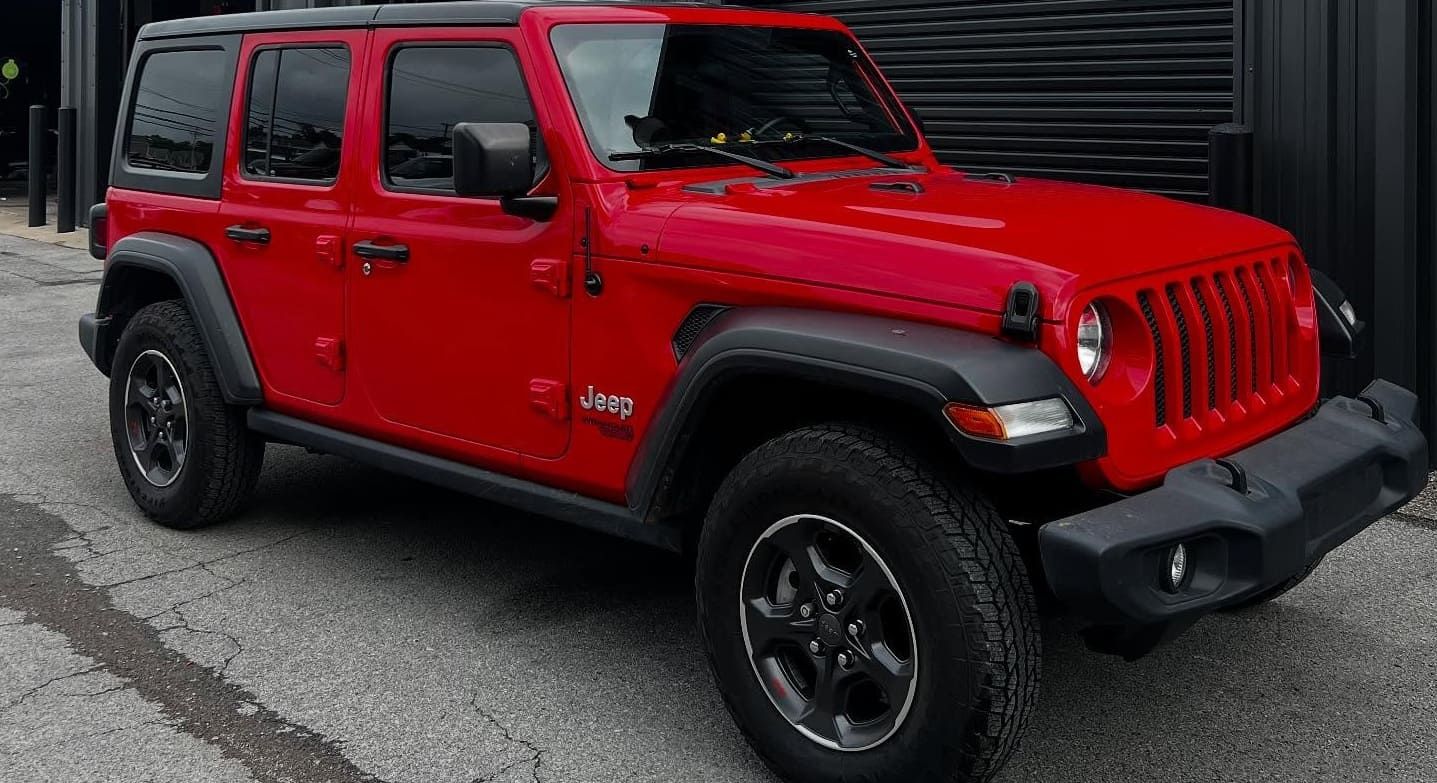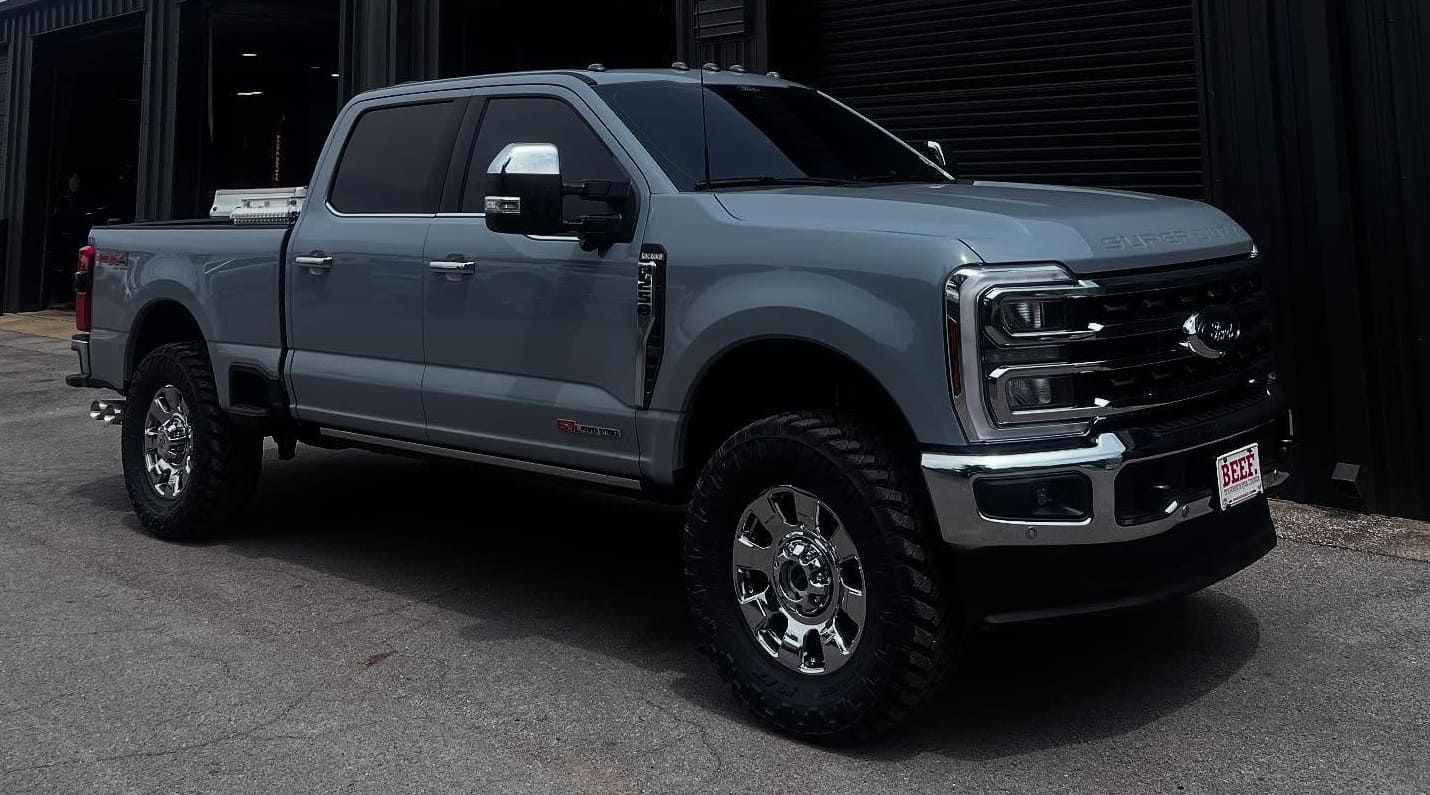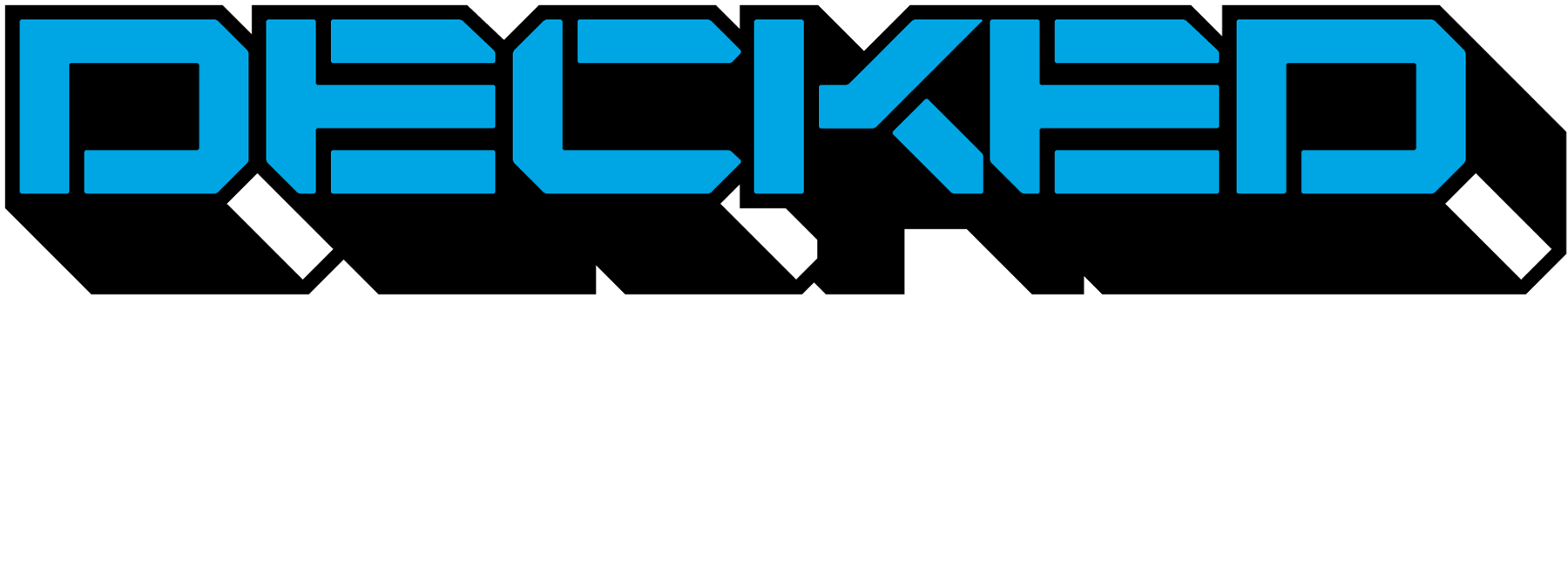Choosing the Right Lift Kit for Trucks
Choosing the right lift kit for your truck can seem like a daunting task, especially if you're not familiar with the different types and their benefits. Whether you're looking to improve off-road performance or simply want your truck to have a more commanding presence on the road, selecting the right lift kit is crucial.
In this guide, we'll help you understand the basics of lift kits, explore the different types available, and discuss factors you should consider before making your purchase.
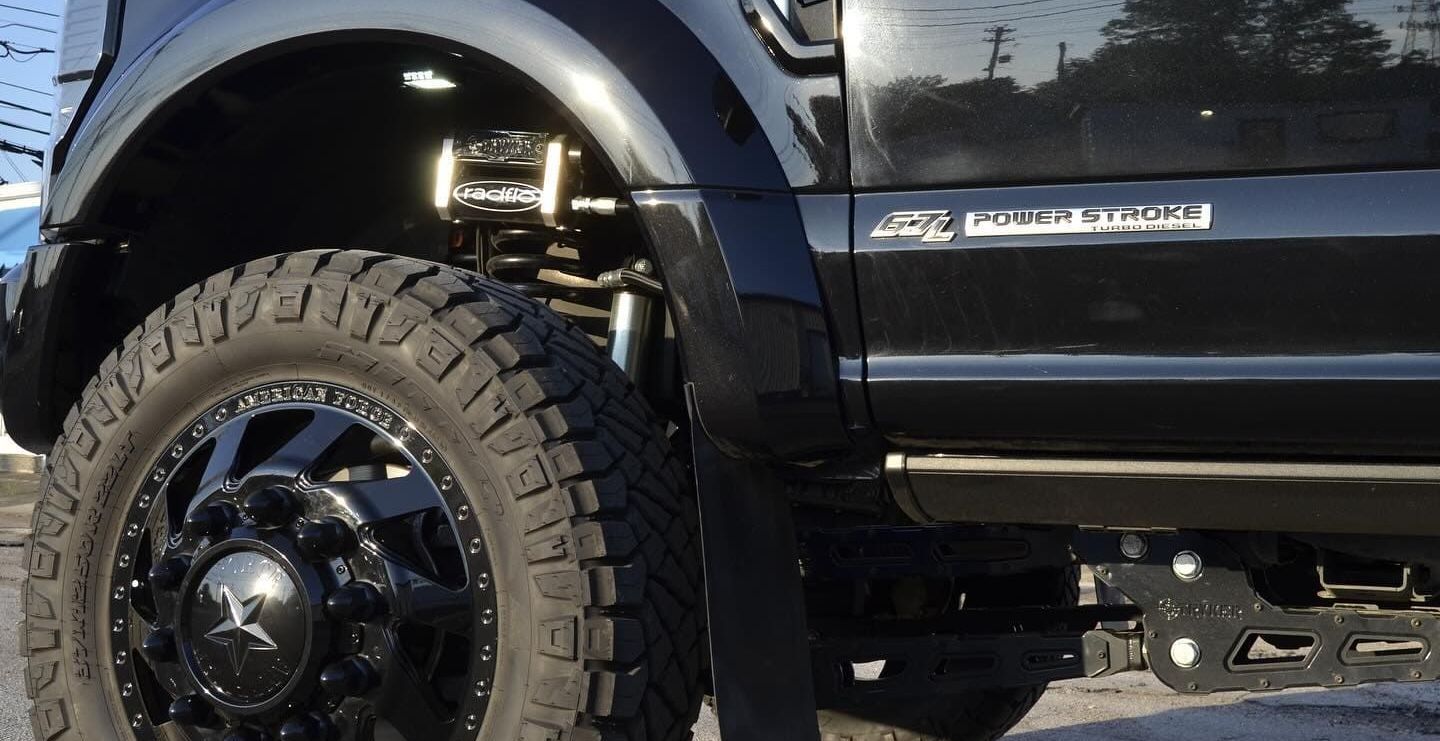
Understanding the Basics of Lift Kits
Lift kits are aftermarket modifications that raise the height of a vehicle, providing greater ground clearance and allowing for larger tires. They are popular among truck enthusiasts who want to enhance their vehicle's off-road capabilities or achieve a more aggressive look.
Types of Lift Kits
There are several types of lift kits available, each with its own advantages and applications:
- Suspension Lift Kits: These lift kits increase the height of the suspension components, such as springs and shocks, providing a significant increase in ground clearance and off-road performance.
- Body Lift Kits: These kits raise the body of the truck from the frame without altering the suspension. They are typically more affordable and easier to install but offer less ground clearance than suspension lifts.
- Hydraulic Lift Kits for Trucks: These kits use hydraulic systems to adjust the height of the vehicle dynamically. They are ideal for those who need versatility and the ability to change the truck's height on the go.
- Portal Lift Kits for Trucks: Portal lift kits use portal gear hubs to raise the vehicle. They are popular in extreme off-road applications due to the significant increase in ground clearance they provide.
What Is the Best Lift Height for a Truck?
Choosing the best lift height for your truck depends on your specific needs and preferences. Here are some factors to consider:
- Intended Use: Determine how you plan to use your truck. If you're primarily focused on off-roading, a higher lift may be necessary. For aesthetic purposes or mild off-road use, a moderate lift might suffice.
- Tire Size: The size of the tires you wish to install will influence the lift height. Larger tires require more clearance, which means a higher lift.
- Vehicle Stability: Keep in mind that a higher lift can affect your truck's center of gravity, potentially impacting stability and handling. It's essential to strike a balance between lift height and safety.
- Legal Regulations: Check local laws and regulations regarding vehicle modifications, as some areas may have restrictions on lift heights.
Choosing the Right Lift Kit
Consider Your Budget
Lift kits can vary significantly in price, from a few hundred dollars to several thousand. It's important to consider your budget and prioritize features that align with your needs. Body lift kits are generally more affordable, while suspension and portal lift kits tend to be more expensive.
Installation Complexity
Consider whether you plan to install the lift kit yourself or hire a professional. Some kits are easier to install than others, and a complex installation may require specialized tools or expertise. Hydraulic lift kits, for example, may require more intricate installation compared to body lift kits.
Compatibility with Your Truck
Ensure that the lift kit you choose is compatible with your specific truck model and year. Manufacturers often design lift kits for particular vehicles, so it's crucial to verify compatibility to avoid any installation issues.
Quality and Durability
Investing in a high-quality lift kit is essential for long-term performance and safety. Look for kits made from durable materials and backed by a warranty. Reading reviews and seeking recommendations from other truck enthusiasts can help you gauge the quality of different brands and models.
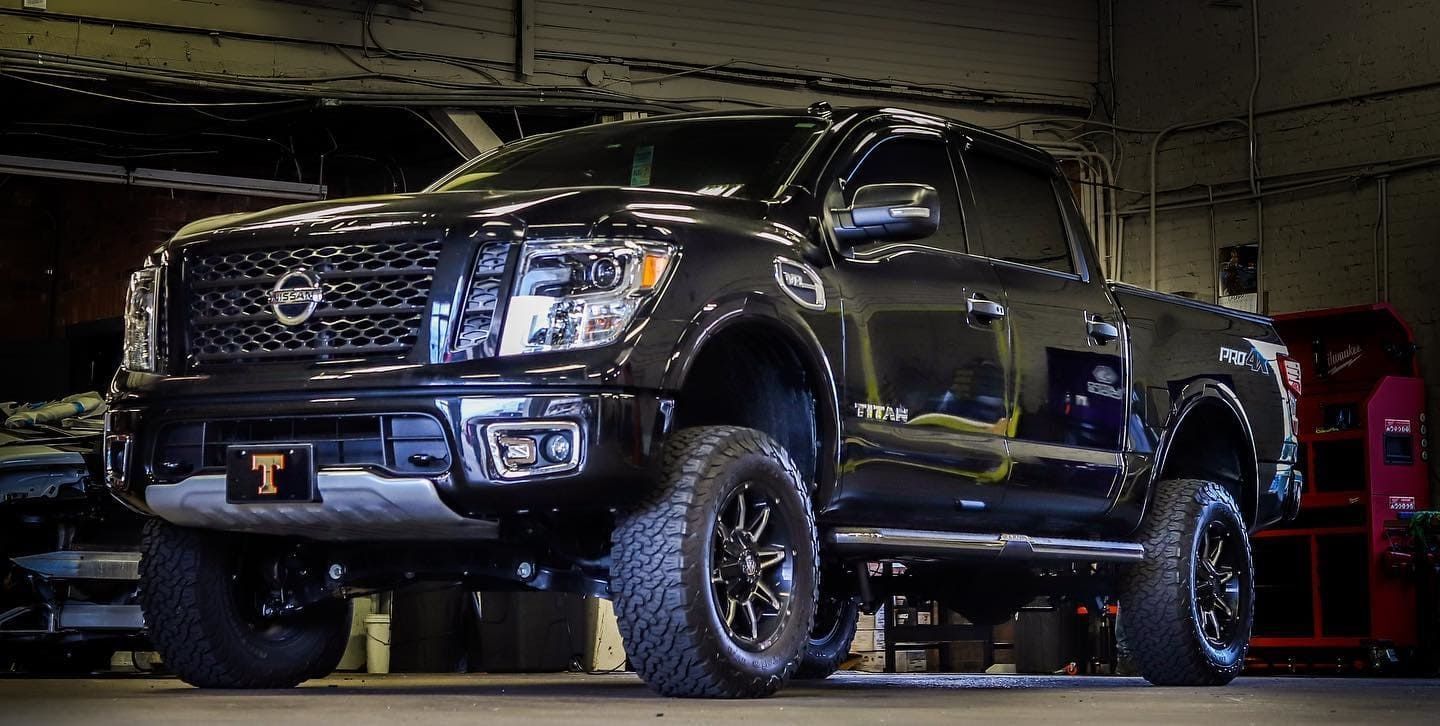
Installation Tips and Considerations
- Professional Installation: If you're not comfortable with mechanical work, consider hiring a professional to install the lift kit. This ensures that the installation is done correctly and reduces the risk of potential issues.
- Alignment: After installing a lift kit, it's essential to have your truck's alignment checked and adjusted. Lifting a vehicle can affect its alignment, leading to uneven tire wear and handling problems.
- Regular Maintenance: Lifted trucks may require additional maintenance, such as checking suspension components and ensuring that all bolts and connections remain secure.
Conclusion
Full Throttle Custom Automotive, Tennessee's Premier One-Stop Shop for all your Truck & Vehicle Enhancements, located in Lebanon, TN, is here to help you find the perfect lift kit for your truck. Choosing the right lift kit involves understanding your needs, considering your budget, and evaluating the pros and cons of different types of kits. By taking the time to research and compare options, you can find a lift kit that enhances your truck's performance and appearance.
Whether you're interested in hydraulic lift kits for trucks, portal lift kits for trucks, or simply want to know what is the best lift height for a truck, this guide provides a solid foundation to make an informed decision. Remember, the right lift kit can transform your truck and elevate your driving experience.
Contact us today for a free estimate and let us help you take your truck to the next level!
